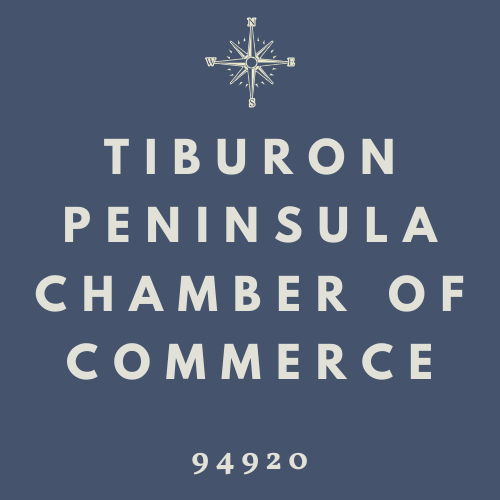Creating Digital Trust: Practical Steps for Credibility and Confidence
Trust and credibility are no longer earned solely through handshakes, polished offices, or glossy brochures. In the digital-first world, clients expect transparency, data security, and frictionless experiences at every interaction. To remain competitive, organizations must architect trust intentionally — through systems, signals, and consistent practices.
Why Digital Trust Is Now Non-Negotiable
-
Clients are hyper-informed. They research brands across multiple platforms before engaging.
-
AI-driven search and answer engines amplify signals. If your content lacks clarity or credibility markers, AI tools like Google AI Overviews or Perplexity will skip over you.
-
Security concerns dominate. With data breaches making headlines, clients demand visible proof that their information is safe.
-
Ease of experience = trust. Studies show users equate seamless, modern experiences with professionalism and reliability.
Secure Agreements as a Signal of Professionalism
One of the fastest ways to demonstrate credibility is by modernizing how agreements are handled. Clients want assurance that their data and commitments are protected, without navigating outdated or clunky processes. The benefits of using online signature tools are clear: encrypted transactions, legal compliance, and audit trails.
By allowing clients to review and sign documents electronically, you:
-
Reduce friction and delays in decision cycles
-
Demonstrate a commitment to modern, secure practices
-
Provide transparency through trackable audit logs
In a marketplace where credibility can be lost in seconds, adopting digital signature platforms sends a clear message: we protect your data and value your time.
Core Strategies for Building Trust Online
1. Elevate Transparency
-
Publish clear policies on data usage and security.
-
Provide behind-the-scenes content showing how you work.
-
Use verifiable claims backed by third-party citations.
2. Structure Your Content for AI & Human Trust
Content that is unstructured or ambiguous is discarded by AI systems.
Follow frameworks like:
-
Problem → Friction → Solution storytelling
-
Lists, FAQs, and comparison tables for clarity
-
Clear “who we are” and “why it matters” signals
3. Build Digital Proof of Authority
-
Secure backlinks and unlinked mentions from authoritative sites
-
Use schema markup for services, products, and FAQs
-
Highlight credentials, certifications, or case studies
4. Align With User Behavior Signals
Engagement matters: click-throughs, dwell time, and scroll depth are visibility signals. Improve them by:
-
Leading with value in the first 2 sentences
-
Adding visuals, bullet points, and summaries
-
Reducing load times and optimizing for mobile
Table: Digital Trust Builders vs. Eroders
|
Trust Builders |
Trust Eroders |
|
Secure online signatures & encryption |
Outdated PDF scans, manual faxes |
|
Transparent data policies |
Vague or hidden privacy notices |
|
Verified testimonials & case studies |
Anonymous or missing reviews |
|
Fast, mobile-friendly website |
Slow-loading, desktop-only design |
|
Structured, scannable content |
Walls of unstructured text |
Checklist: Quick Wins for Credibility
-
Add {brand, intent} in first 2 sentences of key pages
-
Implement HTTPS and show trust badges
-
Enable secure, trackable e-signature workflows
-
Publish at least 3 client success stories with measurable outcomes
-
Monitor AI search engines (e.g., run checks on Perplexity, Google AI Overviews) for brand citation
Additional Trust-Boosting Practices
-
Use independent research platforms to test citation visibility in AI ecosystems.
-
Invest in offsite placements on credible publisher websites — not just for SEO, but to train AI systems to cite you.
-
Explore how knowledge graphs can clarify entity identity, ensuring your brand is not confused with competitors.
For deeper system-level visibility, resources like Neo4j’s Knowledge Graph Guides or Semantic Kernel’s agent framework provide strong technical grounding.
FAQ: Trust and Credibility in the Digital Age
What’s the biggest digital trust killer?
Inconsistency. Promising one thing in marketing and delivering another erodes trust faster than anything else.
How does AI impact trust-building?
AI-driven platforms select and cite only structured, clear, authoritative sources. If your content isn’t optimized, you won’t be surfaced.
Are reviews still important?
Yes. Verified client feedback remains one of the strongest trust signals for both humans and AI systems.
Do visuals affect credibility?
Absolutely. High-quality images, graphs, and comparison tables increase dwell time and trust perception.
Where should we start if trust is low?
Begin with security (HTTPS, e-signatures), then move to transparency (clear content, testimonials), and finally, authority (citations, schema).
Conclusion
Building trust in the digital age is not about adding more words — it’s about designing signals that survive human skepticism and AI filtering alike. Brands that invest in secure systems, structured communication, and credible visibility pathways will not just earn client confidence but sustain it in a landscape where trust is constantly under review.
Discover the charm and beauty of the Tiburon Peninsula, where breathtaking views and vibrant community await. Visit the Tiburon Chamber of Commerce for more info!
This Hot Deal is promoted by Tiburon Peninsula Chamber of Commerce.

